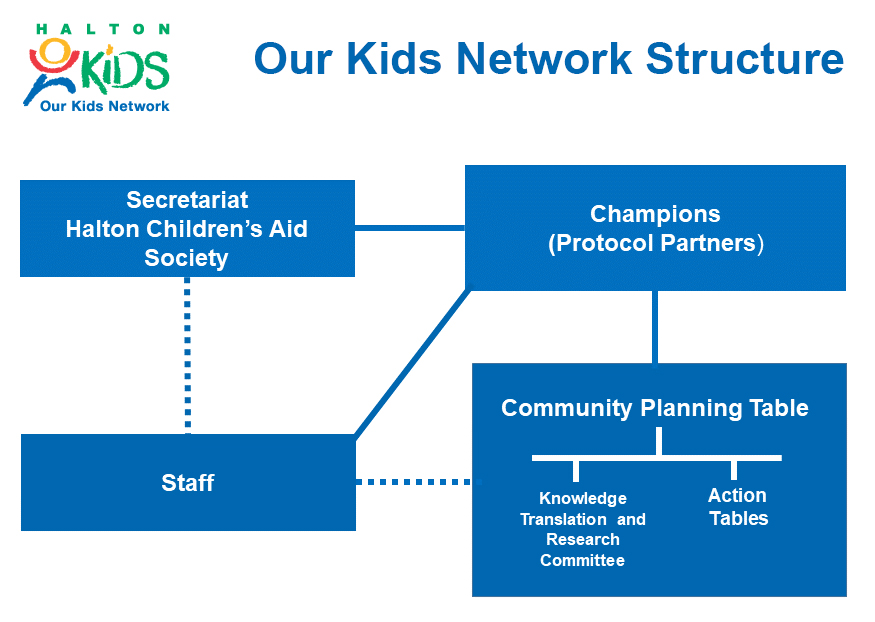Behind The Numbers
Belonging and Connectedness for Halton Youth
Do young people in Halton have strong relationships and a sense of belonging, and how can we help them feel connected?

Findings reflect the responses of 1915 youth in the 13 to 18 age range.
Relationships and belonging in times of COVID-19
Grade 9 [is the] time to make strong relationships at school but [the] pandemic interrupted this.
Virtual spaces can also promote relationships and connection, but this must be intentional. One youth explained that they felt better learning online when the teacher was taking the time to build connections with the students.
Youth also reflected on the connection between belonging and inclusion. For example, raising the pride flag would help LGBTQ2S+ students feel accepted and included in their school. Meeting people from different backgrounds, ages and cultures with a respectful and open attitude was highlighted by some youth as an important way to build a strong sense of community belonging where all can participate.
Research has shown that, for some young people, learning online was beneficial because they felt shielded from invalidating and stressful experiences, such as racism and bullying or could manage their anxiety levels better. One young person at the Youth Data Party mentioned that being back in school was overwhelming, and they felt a lot of anxiety about being at school, especially after spending a long time at home. Twenty-one (5%) of the comments in the survey were from young people who were happy with their lives and their communities, even during the pandemic and online schooling. As young peoples’ lives resume to in-person activities, it is particularly important to take notice of those who may still be isolated and lonely.
Limitations
- These findings cover only responses of youth in the 13-18 age range
- Open invitation sampling strategy (non-probabilistic)
- Sample is not necessarily representative of all children and youth living in Halton.
- It is not possible to determine a response rate.
- However, considering the geographic coverage and the size of the final sample, it’s fair to assume that we have a reasonably good cross-section of children and youth living in Halton.
- A higher degree of diversity within this sample calls for caution when interpreting overall ratios. For more details on the composition of the sample see the sociodemographic table
- The data are meant to provide a snapshot of youth wellbeing during COVID, and caution should be used when comparing across time.
- While each indicator is important, using multiple indicators as evidence of strengths and needs provides a more comprehensive representation
- This is a self-report survey and several types of response bias have been identified related to self-report surveys. Use caution when interpreting the findings






